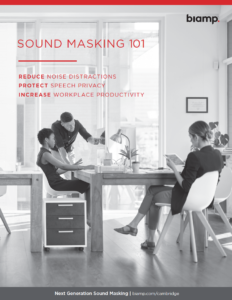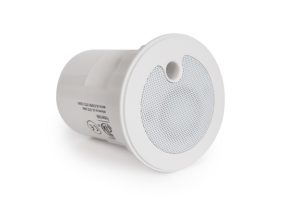Good Acoustics Are Crucial
Good or bad acoustics have a significant impact on productivity, employee satisfaction, and health.
By Kenneth W. Betz, Senior Editor, Commercial Architecture Magazine
Unwanted sound, or noise, is a major consideration in workplaces where employees function in close proximity, often with different expectations and needs regarding the acoustics of the space.
Dr. Gary Madaras, acoustic specialist, Rockfon, Chicago, pointed out that 90% of an organization’s operating costs are staff related. At the same time, 62% of the time people need to do quiet work. In other words, good or bad acoustics affect 90% of a company’s resources 62% of the time.
“Occupant noise from inside and environmental noise from outside the building can make it hard to concentrate,” he continued. “From the company’s perspective, the effects of noise are: decreased productivity, errors, inefficient use of resources, and ultimately, worsened financial performance. From the perspective of the staff, uncontrolled noise can increase stress levels, heart rate, blood pressure, respiration rate, and muscle tension. Under these physiological conditions, they are more aggressive, impatient, nervous, and less likely to help others.”
Sound isn’t the problem per se. Not all sounds are distracting. Speech noise is the most distracting commonly encountered form of sound in the workplace, mainly because someone else speaking interferes with one’s own internal monologue. When speech is intelligible it’s very difficult to ignore. The main negative effects of uncontrolled speech noise are worker dissatisfaction, decreased employee productivity, and compromised personal and company security, Justin Stout, director of market development, Cambridge Sound Management, Waltham, MA, observed. Read more on Commercial Architecture Magazine





